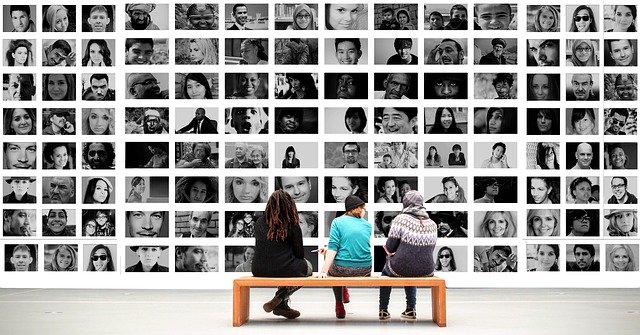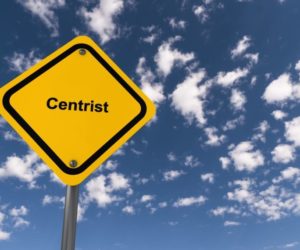
Although all human beings are built on the same physical model with similar genetic characteristics, we can vary greatly from each other in terms of internal traits, such as abilities, aptitudes, talents, personality traits, attitudes, opinions, beliefs and values. People do not fit into neat, either/or categories on these characteristics. Instead people are distributed on a continuum, anywhere between one extreme and the other, on any given characteristic.
This means that people internally are uniquely different from each other, which makes the immediate understanding of others difficult. How can we really know where a person fits on a given continuum? The most accurate way to assess someone is to take the time and energy to thoroughly get to know that particular person.
Unfortunately, we generally do not take the time and energy to truly get to know someone before we judge that person. Yes, we do get to know our family members, loved ones and close friends- but that is a small number of people compared to the total number of people we interact with in our lives. How do we learn about these others? How do we assess their internal characteristics?
We guess!
We use external information to make guesses about internal characteristics. When we see, hear or meet someone we note their sex, age, race and social class, and possibly clues about that person’s occupational status, religious and political affiliations, and sexual orientation. However, none of this external demographic grouping information necessarily gives us accurate information about the internal characteristics of a person.
Our guesses become even more inaccurate because of snap judgments. When we meet someone for the first time, we can’t help ourselves- we immediately make judgments about that person, without really knowing anything about the person. Instead of using personal knowledge we substitute stereotypes based on the external categories listed above. Within any given culture each of the external categories (age, race, sex, social class, etc.) is associated with a list of internal characteristics, in the minds of the members of that culture.
For example, in our culture a person who wears glasses is assumed to be intelligent, studious, quiet, and non-athletic. We stereotype when we automatically assume that a person has certain internal characteristics based on their external profile. Stereotyping is laziness in action; it is a mental shortcut that relieves us of having to spend the time and energy to get to know someone before we pass judgment on that person.
Stereotyping is a flawed perceptual process that can lead to misinformed conclusions about others. And, to make matters worse, stereotyping is part of the In-group identity process. We all identify with the groups we belong to (In-groups), and we do not identify with other groups that we do not belong to (Out-groups).
Identifying with an In-group means that we like the other members of that group better than members of Out-groups, and we believe that the members of our In-groups have positive characteristics, and the members of Out-groups have negative characteristics. As an example: Sports fans wax poetic about the heroic virtues of their team versus the despicable vileness of the opponent!
Stereotyping is also anti-democratic.
The basic sociological assumption of democracy is that each citizen is equally important, regardless of that person’s external/demographic profile. Stereotyping funneled through the lens of In-group identity contradicts this basic assumption. The current state of our national politics can be described in terms of In-group/Out-group stereotyping.
Adherents of the Left believe that they have all the positive virtues and the correct answers, and therefore those on the Right are entirely negative and entirely wrong. Adherents of the Right of course believe exactly the opposite. Adding to the absurdity of educated adults engaging in this middle-school food fight, both sides deny that they stereotype. Only the other side engages in stereotyping and In-group identity- we don’t do that! The reality is that everyone identifies with In-groups and everyone stereotypes.
Overcoming stereotyping denial is the first step to the recognition of individual uniqueness in any group and individual-based reconciliation.
















